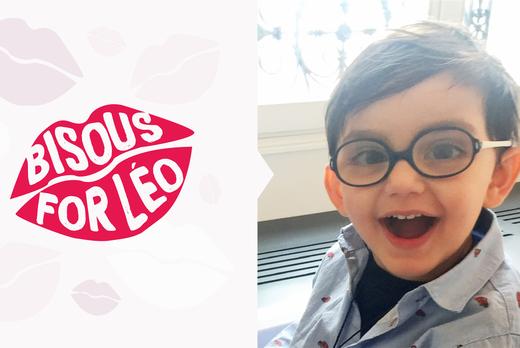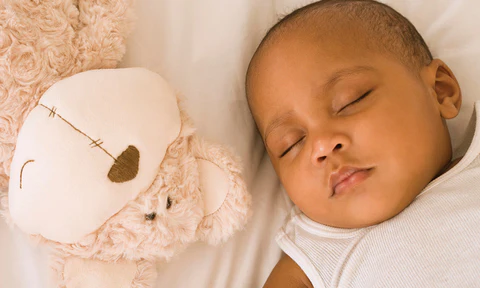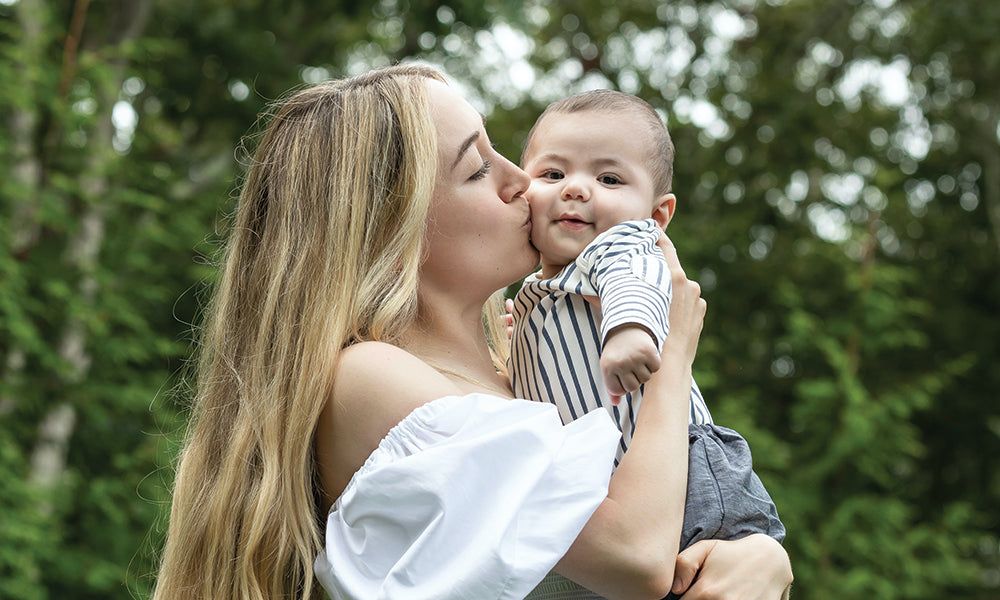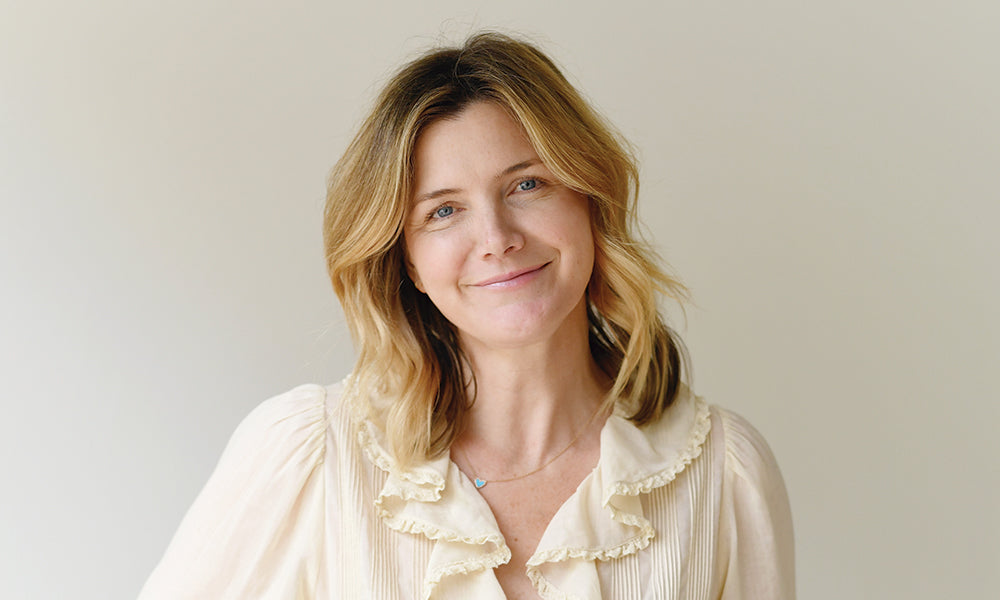My Child Has a Neurodegenerative Disease—Here’s How You Can Help

My Child Has a Neurodegenerative Disease—Here’s How You Can Help
In June 2010, I moved from New York to Paris, where I met my husband, Antoine, a Parisian working for the same architectural firm. We instantly fell in love and married four years later in Provence. Everything was perfect.
Leo, our first child, was born in April 2016. Antoine and I were so in love with our baby boy! He developed normally, learning to walk, talk, and hit all other expected developmental milestones. At 14 months, however, we noticed that he was continually falling after a few steps when walking. After a while of this, we started to become concerned. We spoke with several developmental specialists, but nobody could figure out what was wrong. After months of therapy and testing results (all coming back as normal), we became more and more confused.
When Leo turned two, it was noticeable that he was losing his acquired skills. The decline was rapid. The only thing we hadn’t done at this point was genetic testing. I was also five months pregnant with our second child. The doctors were concerned, if our daughter was also affected, what our plans would be. Would we test for her as well? Terminate the pregnancy if she was also sick? I was a mess.
The genetic results came back two months later. I’ll never forget the day the hospital called asking Antoine and I to come in to speak with the geneticist. I knew then and there it wasn’t good news. Antoine was traveling for work and had to rush home for our appointment the following day. I couldn’t sleep.
Sitting in the waiting room I felt scared not knowing what to expect but never thinking the diagnosis would be so devastating. They told us Leo has a rare disease (only 150 known cases worldwide), called INAD – Infantile Neuroaxonal Dystrophy. It’s a neurodegenerative disease with no cure and not even any treatments. They explained that Leo will never walk, talk, nor live a normal life.
We were shocked. The first thing I asked was what the life expectancy was.
5-10 years.
How could it be true? The tears did not stop pouring. Our poor boy. Why should his life be cut short? They didn’t tell us much more other than they were sorry, pointing us to a website where we could read more about INAD. They explained that it’s a recessive disorder, meaning Antoine and I must both be carriers of the genetic mutation and therefore, there was a 25% chance that our daughter, whom I was now seven months pregnant with, would be affected as well. We would have to wait another two to three weeks for her results. I couldn’t sleep, I couldn’t eat, and the nausea from my nerves took over.
Finally, the results came back and our baby girl was okay! It was such a relief, but not nearly enough for what we were about to face.



INAD is an inherited degenerative disorder of the nervous system. It starts early in life and progresses rapidly. It usually develops between six months and three years of age. Children affected will lose all acquired skills including mental and cognitive abilities (as seen in Alzheimer's) and physical abilities (as seen in Parkinson's), resulting in death likely before they reach their 10th birthday.
On the same day as the diagnosis, my best friend Emily and her daughter, Chloe, arrived for a visit from California. I was so happy to have them there, especially being so far from my family. The first thing Chloe did when she walked into our apartment was sit down next to Leo and kiss him.
That is when “Bisous for Leo” (Kisses for Leo in French) was born. We have always been people of faith and knew there must be some greater purpose to this diagnosis. Today, our campaign helps raise funds and awareness for INAD, through the INADcure Foundation.
In September 2018, Bisous For Léo launched an Instagram account (@BisousForLeo) encouraging its followers to help kiss INAD goodbye. People from all around the world have been posting their kisses, some of which include Isla Fisher, Zoe Saldana, Eva Longoria, Sebastian Stan, Gal Gadot, and many more. The campaign has shown just how powerful a single kiss can be.
We are an ancillary arm of the INADcure Foundation, the only non-profit organization dedicated to INAD and funding scientific research for cure and treatment options. At the time of Leo’s diagnosis, there was nothing. Six months later, he became part of the first clinical trial for the drug RT001, with hopes of slowing the progression of the disease. While it is not a cure, it could be an extension. In the meantime, we continue to work hard everyday to raise funds for research development in gene therapy (our potential cure) in hopes of giving Leo, and all the INAD children, a chance at a future.
INAD is considered a neurodegenerative disease. Neurodegenerative diseases affect millions of people worldwide. Alzheimer’s and Parkinson’s Disease are the most common types, with more than five million Americans living with Alzheimer’s, and at least 500,000 Americans living with Parkinson’s. Children with INAD share a gene mutation with some forms of Parkinson’s (PLA2G6) and also have the same pathogenesis as Alzheimer’s and Lewy Body Dementia. Finding a cure for the infant forms of the diseases could lead the way to finding better treatments and ultimately a cure for the adult versions. Treating patients as early as possible has been shown to be most beneficial, which is why working quickly to find the cure is key.
Since INAD is so rare we need to continue to raise further awareness for the disease. The more awareness, the greater chance at preventing any more children from getting it. We are incredibly grateful to everyone who has supported us thus far. The campaign has grown beyond our wildest expectations and we are hopeful that it will continue to grow. If you would like to help you can do so by donating at BisousForLeo.org and posting your kisses on Instagram in support, tagging @BisousForLéo.
With everyone’s continued help, we can hopefully not only kiss INAD goodbye, but also Parkinson’s, Alzheimer’s, and Lewy Body Dementia. Together we can do this.





